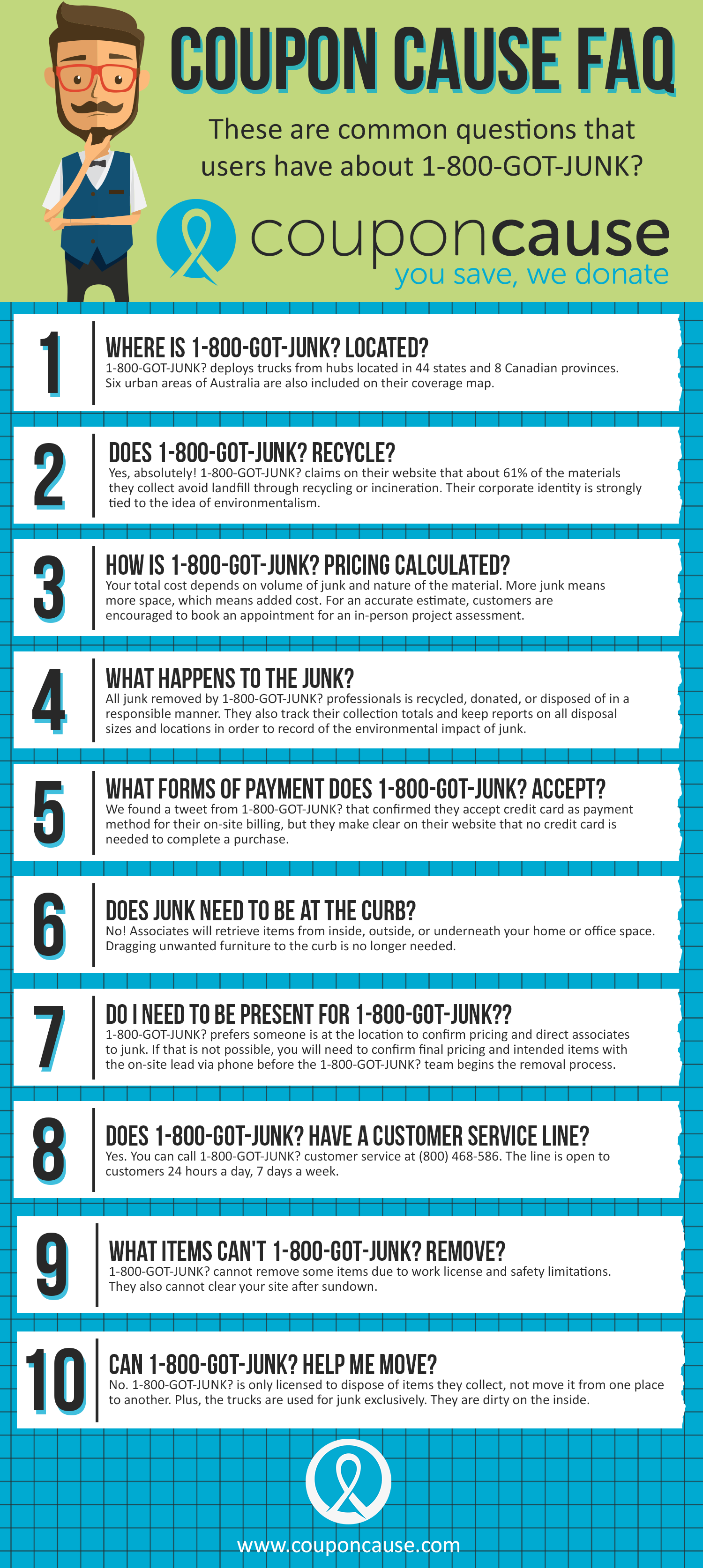Gain Expertise In Figuring Out The Ideal Dumpster Dimension For Your Job To Achieve Efficiency And Cost-Effectiveness With This All-Encompassing Overview
Gain Expertise In Figuring Out The Ideal Dumpster Dimension For Your Job To Achieve Efficiency And Cost-Effectiveness With This All-Encompassing Overview
Blog Article
Written By-Hahn Fisher
When starting a project that calls for a dumpster, the size you pick can substantially impact its effectiveness and cost-effectiveness. Picture having the perfect container that suits all your waste without being excessively large or also small. Everything starts with comprehending the nuances of your job and picking a dumpster size that aligns with your specific demands. So, prior to you make a decision, consider the aspects at play to make sure a seamless waste monitoring process throughout.
Elements to Consider
When choosing the right dumpster dimension, there are several key elements to take into consideration.
Initially, think of the kind of waste you'll be disposing of. Different products might require varying amounts of area, so comprehending what you'll be placing in the dumpster is crucial.
Next off, evaluate the amount of waste you expect to produce. If you undervalue the volume, you may need to make several journeys to deal with everything, which can be inconvenient and expensive. On the other hand, renting out a dumpster that's also large can lead to unnecessary costs.
Additionally, take into consideration the space where the dumpster will certainly be positioned. Make Junk Removal What We Take for the dumpster to be provided and picked up without any obstructions.
Lastly, think about any kind of weight constraints that might apply. Exceeding the weight limit can result in additional costs or even the rejection of service.
Dumpster Size Choices
For picking the ideal dumpster dimension, it's essential to have a good understanding of the readily available alternatives. Dumpster dimensions usually range from 10 to 40 cubic backyards, with variations in between.
A 10-yard dumpster is suitable for small projects like a garage cleanout or a little restoration. If you're taking on a medium-sized job such as a kitchen remodel or a basement cleanout, a 20-yard dumpster may be the right selection.
For bigger tasks like a whole-house improvement or industrial building, a 30 or 40-yard dumpster could be more suitable to fit the quantity of waste produced.
When choosing a dumpster size, take into consideration the amount and kind of particles you expect to get rid of. It's far better to choose a slightly bigger dimension if you're unsure to stop overfilling. Remember, it's even more affordable to rent a dumpster that fits your needs rather than having to get an added one.
Matching Dimension to Project
Efficiently matching the dumpster dimension to your job is crucial for reliable waste management. To determine the right size, consider the extent and nature of your job.
For tiny home cleanouts or remodellings, a 10-yard dumpster may be adequate. These are normally 12 feet long and can hold about 4 pickup tons of waste.
For larger jobs like redesigning numerous rooms or cleaning out a large estate, a 20-yard dumpster could be preferable. How Much Does It Cost For A Dumpster Rental are around 22 feet long and can hold around 8 pickup tons.
If you're taking on a significant building job or commercial restoration, a 30-yard dumpster could be the very best fit. Residential Dumpster Rental Cost have to do with 22 feet long and can suit about 12 pickup loads of debris.
Matching the dumpster dimension to your job ensures you have enough space for all waste materials without overpaying for extra capability.
Verdict
In conclusion, picking the appropriate dumpster size for your project is vital for reliable waste disposal. By taking into consideration aspects like the kind and amount of waste, area availability, weight constraints, and budget plan restraints, you can ensure you have the proper dimension dumpster for your needs. Ensure to match the dimension of the dumpster to the scope and nature of your project to prevent overspending on unneeded expenses.
